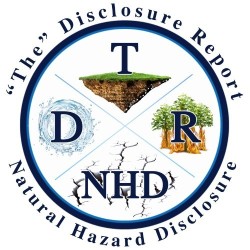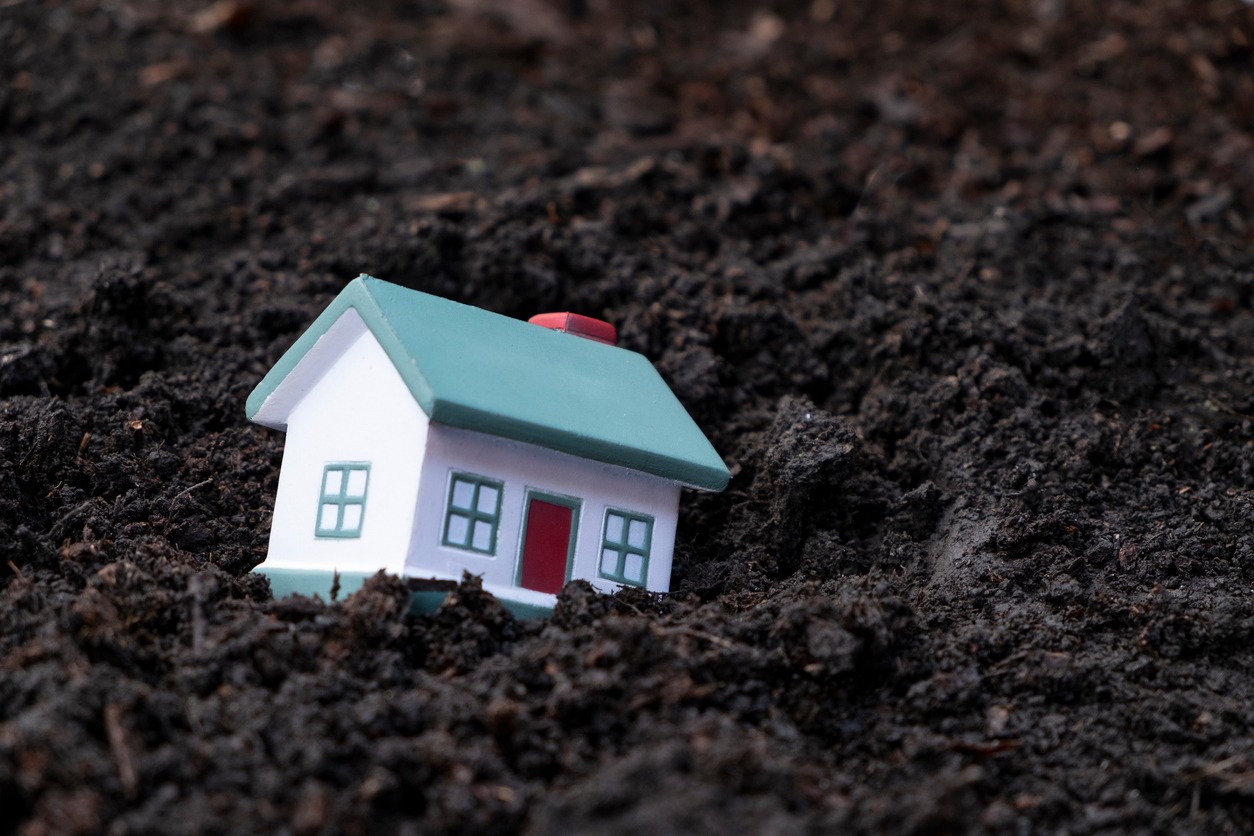When purchasing a home, buyers often focus on location, amenities, and price—but what about the stability of the ground beneath their feet? One of the most overlooked real estate hazards is liquefaction risk, a phenomenon that can cause severe structural damage to homes built on certain types of soil. Realtors who educate their clients about liquefaction risks and encourage early Natural Hazard Disclosure (NHD) report reviews can help them make more informed decisions.
What Is Liquefaction, and Why Does It Matter?
Liquefaction occurs when saturated, loose soil temporarily loses its strength due to seismic activity, turning into a semi-liquid state. This process can lead to:
- Soil displacement and sinking – Homes may shift, sink, or tilt when the ground becomes unstable.
- Foundation damage – Cracked foundations, buckled walls, and uneven floors can result from liquefaction.
- Utility failures – Water and gas lines running underground may rupture, leading to safety hazards and costly repairs.
In regions with a high liquefaction risk, earthquakes can turn the solid ground beneath a home into a shifting, unstable surface. Properties in these areas may suffer catastrophic damage, even if the earthquake itself is not particularly strong.
How to Identify Liquefaction Risk in an NHD Report
One of the most effective ways to assess earthquake soil failure risks is by reviewing the property’s NHD report, which outlines various natural hazards, including fire severity zones, flood risks, and seismic activity zones.
When reviewing an NHD report for liquefaction risks, buyers and agents should look for:
- Liquefaction hazard zones – These areas are identified by geological surveys and state maps as being highly susceptible to soil failure.
- Proximity to water sources – Properties near rivers, lakes, or areas with high groundwater levels may be at greater risk.
- Historical seismic activity – If an area has a record of past liquefaction events, future earthquakes could cause similar damage.
Working with a reliable NHD provider, such as TDR NHD, ensures that realtors and buyers receive accurate, up-to-date hazard disclosures that can impact a home’s long-term safety and value.
What Can Buyers Do If Their Property Is in a Liquefaction Zone?
While liquefaction risks should not necessarily deter buyers from purchasing a home, they should be aware of potential issues and take steps to reinforce their property’s foundation if needed.
- Conduct a Soil and Structural Assessment
Hiring a geotechnical engineer can provide a professional evaluation of the soil composition and the home’s structural integrity. Engineers can recommend mitigation measures based on the specific risk level. - Strengthen the Foundation
Properties in liquefaction-prone areas can benefit from reinforced foundations designed to withstand soil shifting. Some options include:
- Deep piling systems to anchor the home to more stable soil layers.
- Retrofitting foundations with additional concrete or steel supports.
- Using geogrids or soil stabilization treatments to improve ground stability.
- Improve Drainage Around the Home
Since liquefaction occurs in water-saturated soil, managing moisture levels can reduce the risk. Homeowners should:
- Ensure proper grading to direct water away from the foundation.
- Install French drains or other water management systems.
- Consider permeable paving materials to limit water buildup.
- Review Insurance Options
Standard homeowners insurance does not cover earthquake-related damage, including liquefaction. Buyers should discuss earthquake insurance with their provider to determine if additional coverage is necessary.
Why Early NHD Report Reviews Are Critical for Buyers
Real estate agents play a crucial role in ensuring their clients are fully informed about potential hazards before they commit to a purchase. Encouraging buyers to review their NHD report early in the transaction allows them to:
- Negotiate repairs or mitigation measures with the seller.
- Budget for potential retrofitting costs before closing.
- Avoid surprises during escrow, which can delay or derail the transaction.
By partnering with TDR NHD, realtors can provide their clients with clear, comprehensive hazard reports that highlight liquefaction risks and other geological concerns. These insights not only protect buyers but also help real estate professionals build trust and long-term relationships with their clients.
Understanding the Ground Beneath the Home
Liquefaction risks are a serious concern in earthquake-prone areas, but they do not have to be a deal-breaker. With early NHD report reviews, proper structural assessments, and mitigation efforts, buyers can make confident decisions while protecting their investment. Real estate agents who prioritize these discussions demonstrate their expertise and commitment to their clients' long-term safety.
If you’re a realtor looking to provide comprehensive hazard disclosures, trust TDR NHD to deliver accurate, reliable reports that help you and your clients navigate real estate hazards with confidence.

